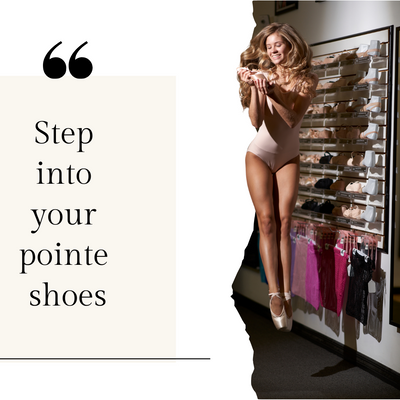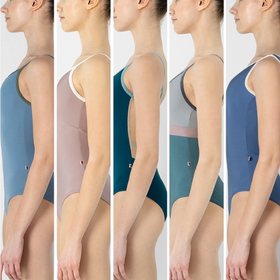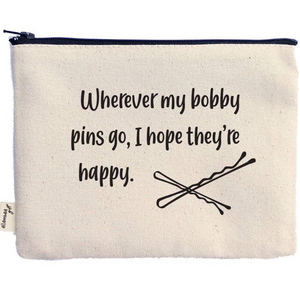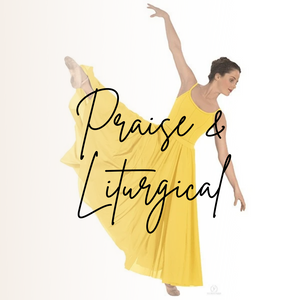How Often Should I Replace My Dancewear and Dance Shoes?
With the physical demands of dancing, maintaining the right gear is crucial for both performance and safety. Understanding the lifespan of your dance attire can help you stay comfortable, supported, and injury-free. In this guide, we'll explore the signs that it's time to update your dancewear and shoes, ensuring you always have the best equipment to express yourself on the dance floor.
Dancewear: When to Refresh Your Wardrobe
Leotards and Unitards
Leotards and unitards are the backbone of many dancers' wardrobes. They should be replaced when:
- Elasticity Fades: Over time, the elasticity in the fabric can degrade, leading to a less secure fit.
- Fabric Thins or Tears: Constant stretching and movement can cause the fabric to wear thin or develop holes.
- Appearance Deteriorates: If your leotard or unitard starts to look faded or stained, it’s time for an update.
Tights
Tights are essential for ballet dancers and many other styles. Replace your tights when:
- Runs and Holes Appear: Even the smallest run can quickly turn into a large tear.
- Elastic Wears Out: If the waistband or leg cuffs lose their stretch, your tights won't stay in place.
Dance Tops and Bottoms
These items vary widely depending on style and use but should be replaced when:
- Seams Stretch or Split: Active dance styles can be hard on seams.
- Fabric Becomes Transparent: This is especially common with leggings and shorts as they age.
- Loss of Support: Tops, especially those with built-in bras, should offer adequate support.
Dance Shoes: Knowing When to Say Goodbye
Ballet Slippers
Ballet shoes are a staple for many dancers, and they require regular replacement.
- Sole Becomes Thin: The sole provides crucial support, and thinning compromises your foot health.
- Loss of Shape: If the shoe no longer conforms to your foot properly, it can affect your performance and comfort.
- Excessive Wear: Holes or frayed fabric are clear indicators.
Pointe Shoes
Pointe shoes are critical for ballet dancers en pointe, and their lifespan is notably short. Don't forget, you can always book a pointe shoe fitting at Dancewear Corner for expert advice!
- Shank Breaks: A broken shank means the shoe can no longer support your foot correctly.
- Box Softens: Once the box softens too much, it won’t provide the necessary support.
- Visible Damage: Fraying satin, detached ribbons, or broken platforms.
Jazz, Tap, and Character Shoes
These shoes last longer but still require regular checks.
- Worn-Out Soles: Smooth or cracked soles can affect your grip and performance.
- Loss of Heel Stability: Any wobbling or instability in the heel is a red flag.
- Structural Damage: Tears in the upper material or significant scuffing.
Hip-Hop and Street Dance Sneakers
Sneakers used for hip-hop and street dance need to be in top condition.
- Worn Treads: The grip is essential for these styles, and worn treads can cause slips.
- Inadequate Support: As the shoe ages, the support and cushioning will degrade.
- Visible Wear and Tear: Holes, frayed laces, and worn-out uppers mean it’s time to replace.
Bonus Blog: Caring for Your Dancewear: Tips to Make Your Dance Clothes Last Longer
In conclusion, keeping your dancewear and dance shoes in top condition not only enhances your performance but also protects you from injury. By following these guidelines and paying attention to the signs of wear and tear, you can ensure that you're always ready to take the stage with confidence.







